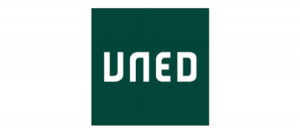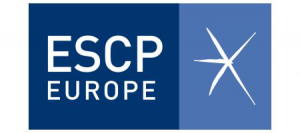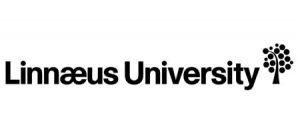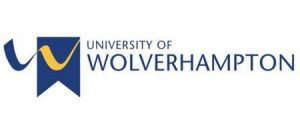Exploiting MOOCs for Access and Progression into Higher Education Institutions and Employment Market
Description:
The cost-benefit tool is targeted towards middle management within higher educational Institutions. Its main aim is to quantify the contribution that MOOCs and other informal online courses make to institutions’ triple bottom line (i.e., financial, environmental and social), and how their effectiveness compares to other more traditional services offered by the same higher educational institutions.
In particular, the tool serves to inform institutional leaders as to the cost-effectiveness of implementing MOOC programmes within their institutions and give some guidelines on how to assess the effectiveness of their implementation.
Uses of Cost-Benefit Analysis:
- To calculate full costs and benefits of the MOOC Programme as a whole
- To calculate the costs and benefits of an individual MOOC
- To calculate the contribution of MOOCs to institutional mission in terms of:
- regional sustainability goals
- global sustainability goals
- To calculate benefit of investing in MOOCs vs other investments in education
- To use MOOC data in sustainability reporting activities
The Tool
The sustainability reporting tool developed as part of the Moonlite project is made up of two parts:
- a reporting template for MOOC sustainability
- a set of suggested indicators which can be used for such reporting, including:
- mapping against ISO 26000 indicators
- mapping against GRI indicators
Institutional Reports
Read piloting reports from tests of the tool conducted in each of our four partner universities.
Final Report
Read the final conclusions of our exercise in sustainability reporting for MOOCs.
Cost-Benefit Analysis of MOOC Provision
Applying triple-bottom line reporting to MOOCs and Distance Learning





